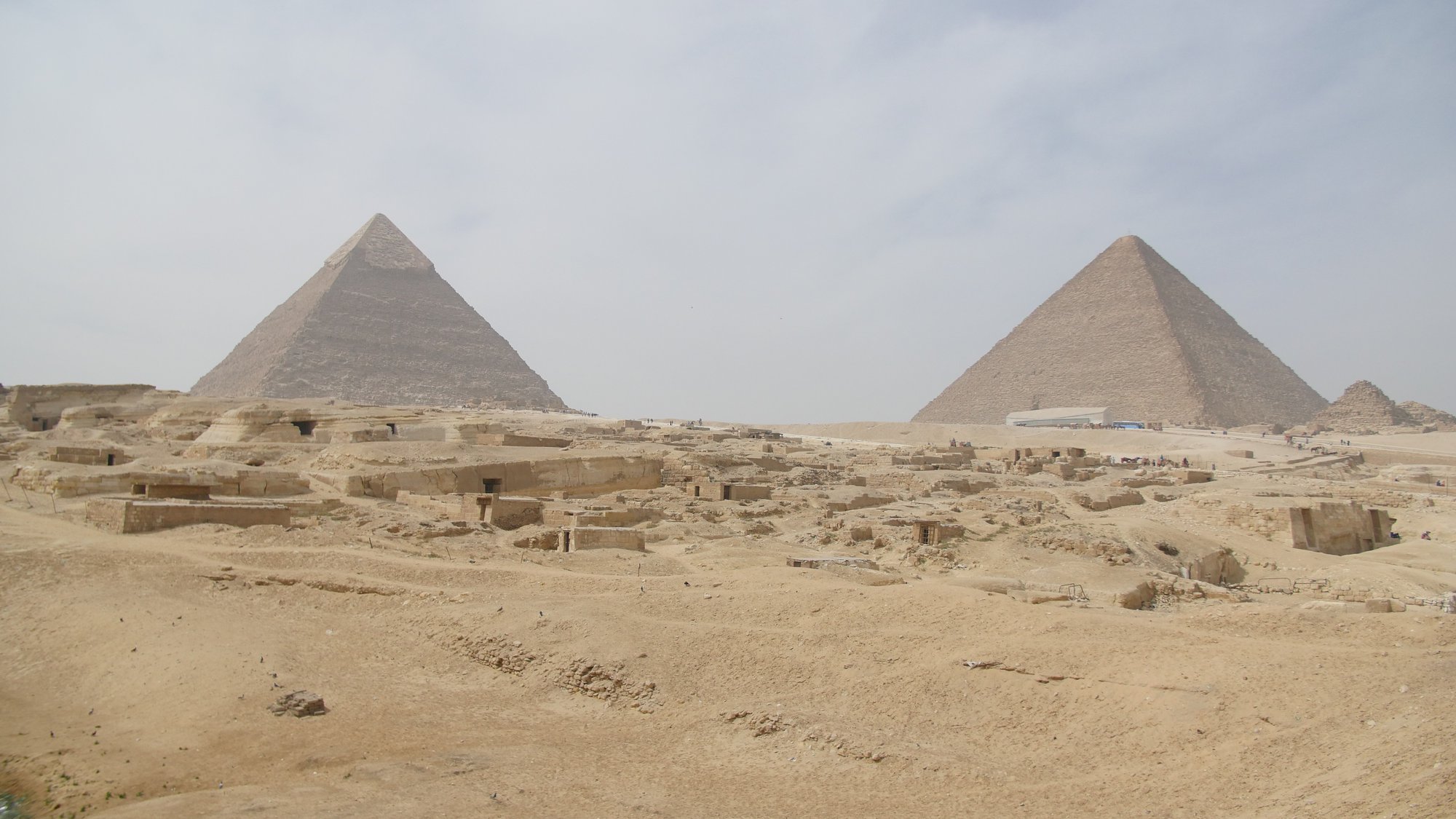By

Rishya Narayanan
Education
Journalism
Share
PBS / WGBH

This past weekend, Egypt unveiled dozens of recently discovered mummies. These mummies date back to the Ptolemaic era—between 323 B.C.E. and 30 B.C.E.—and hail from one of many newly-discovered burial sites the country aims to reveal in 2019.
The Ministry of Antiquities and local archaeologists from Minya University excavated the site last year in Tuna el-Gebel, a burial ground packed with archaeological finds near Minya city in central Egypt. Tuna el-Gebel is famed for discoveries such as the burial site of Petosiris and a catacomb filled with mummified baboons and birds.
Housed in hollowed-out rock, this new tomb consists of numerous chambers accessed via a corridor and a sloped staircase. Inside these chambers lie more than 40 mummies along with artifacts, such as decorative cartonnage—a type of material used in Ancient Egyptian funerary masks—made of papyri. Also within the tomb, the archaeological team found wooden and stone sarcophagi belonging to adults and children, nestled in the small niches of a large chamber, cradled in sand, or even placed on the floor. Based on the tomb’s appearance, it most likely belonged to an upper-middle class family.
Egypt’s announcement is important for both the world of archaeology and the country itself.
“Ancient Egypt is an integral part of modern Egypt’s identity,” Sharon Waxman, the author of “Loot: The Battle Over the Stolen Treasures of the Ancient World,” told the New York Times.
According to Dr. Khaled El-Enany, Egypt’s Minister of Antiquities, this burial site is his first announced discovery of the year. But El-Enany expects to reveal even more findings in the upcoming months.
To unearth more on Ancient Egypt, tune into “Decoding the Great Pyramid,” premiering tonight (February 6) at 9/8c on PBS. Full article here.
